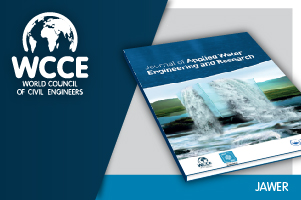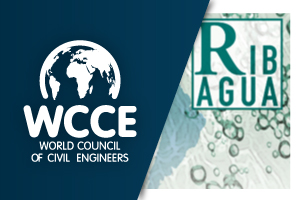The Construction Sector has been identified by international lending institutions and certain Non Governmental Institutions as responsible for significant economic losses from corrupt activities related to construction projects. Because to a large extent, this represents a significant amount related to public construction and large infrastructure works, the sector needs to focus on the causes of this corruption and how to prevent it.
This efforts needs to involve all parties involved in the Construction Sector, from Contractors, Sub Contractors, Suppliers, Professionals, including engineers, architects and attorneys, Government at all levels, Financing and funding institutions, insurance companies, project owners, NGO’s, Academia and the media.
Prevention of corruption is a management issue, similar in nature to environmental protection, occupational health and project quality control and assurance.
Because of the importance of the Construction Sector and the mission and role of the World Council of Civil Engineers, we have assumed a key role in promoting the prevention of corruption in the sector. An alliance with the Global Infrastructure Anti Corruption Alliance (GIACC) has allowed us to not only promote their work but to develop a process for National civil engineers Organizations to spearhead this effort. The alliance also includes the World Justice Project (WJP), the World Federation of Engineering Organizations (WFEO) and the Pan American Union of Engineers Associations (UPADI).
Our process includes the basic framework of Values, the Rule of Law, Ethics and professionalism. Except for the Rule of Law, the other three topics are fundamentals of the Engineer’s Professional organizations. It then discusses the ten (10) Figures of Corruption: bribery, extortion, facilitation payment, abuse of power, fraud, collusion, embezzlement, secret ownership, money laundering and indifference. The first nine are part of most penal codes. The last one, indifference, usually is not a crime, but it is certainly the seed to corruption. Actions by each of the parties which make up the construction sector are discussed.
For National Engineering Organizations, we propose that they take the lead and a leadership role in coordinating a National Action Plan for the prevention of corruption. The basic training provides a one-day introduction to the topics and provides ways to start developing such an Action Plan. There is also an Executive version of two hours and a three-day training for those involved in developing the action plans and their implementation. Individual sectors or companies and entities can benefit from their development and implementation of their action plans. The trainings include actions by each of the players in the construction sector. It requires an assessment to be made of the current conditions of corruption in their particular countries and jurisdictions. A number of indices are provided, among those, The Rule of Law Index, Corruption Perception Index and the Index Bribe Payers Index from Transparency International and the Competitiveness Index from the World Economic Forum. Through the GIACC web site, there are available documents to guide each of the actions by members of the sector.
The resultant action plans and their execution will result in improvements to the members of the Construction Sector and specific benefits to the country through better business and contracting practices, professional practice and an improved public servant sector. These will all result in huge benefits for the entire nation.









